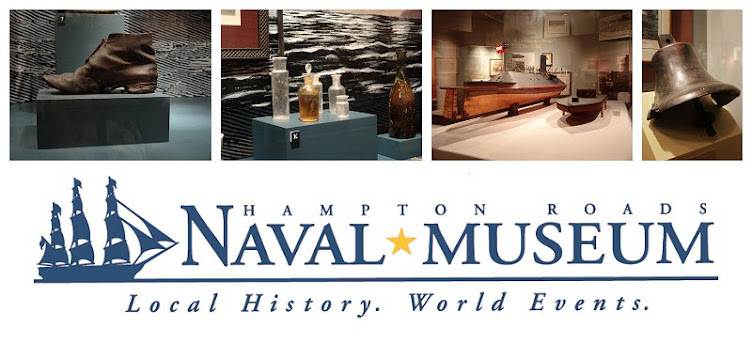HRNM Educator
During the Vietnam War, the Navy devised Operation Game Warden. This was the Navy’s plan to deny Viet Cong forces, which were dedicated to overthrowing the U.S.-allied government in South Vietnam, the use of local waterways to move personnel and supplies throughout the region. Due to the considerable amount of rivers in the Mekong Delta, Operation Game Warden proved to be a challenging task for the Navy. The rivers and waterways typically had a tremendous amount of boat traffic and it wasn’t always easy to identify friend from foe. The Navy’s plan involved the use of river patrol boats, or PBRs, which would typically operate on the rivers in groups of two, boarding and searching local sampans and junks for enemy weapons and supplies. While this task could become tedious, often times it could also become quite deadly, resulting in intense firefights. The PBRs had the advantage though of being able to call in immediate air support from the Navy Seawolves.
 |
| Between missions, a Seawolf crew member loads rockets aboard an unnamed LST. (National Archives and Records Administration) |
The Seawolves’ first major combat action in Vietnam took place on October 31, 1966. Two PBRs discovered a fleet of sampans (more than 80 vessels) that were trying to move a Viet Cong unit that was the size of a battalion from one riverbank to the other along the Thon river. The two PBRs came under intense fire from both sides of the riverbank. The PBRs retreated and called for immediate air support. The Seawolves arrived on station 15 minutes later, and with their first rocket and gun pass, completely destroyed a sampan. The second pass destroyed another sampan and the enemy forces began to retreat. By 2100 hours the battle was over and the Seawolves claimed the destruction of 16 junks and sampans as well as damaging 7 additional vessels. The Seawolves helped turn the tide of the battle and prevent the crossing of the Viet Cong battalion.
 |
| A retired UH-1B with HA(L)-4 "Helwingres" markings at Ely Memorial Park near Gate Four of Naval Station Norfolk. (M.C. Farrington) |











